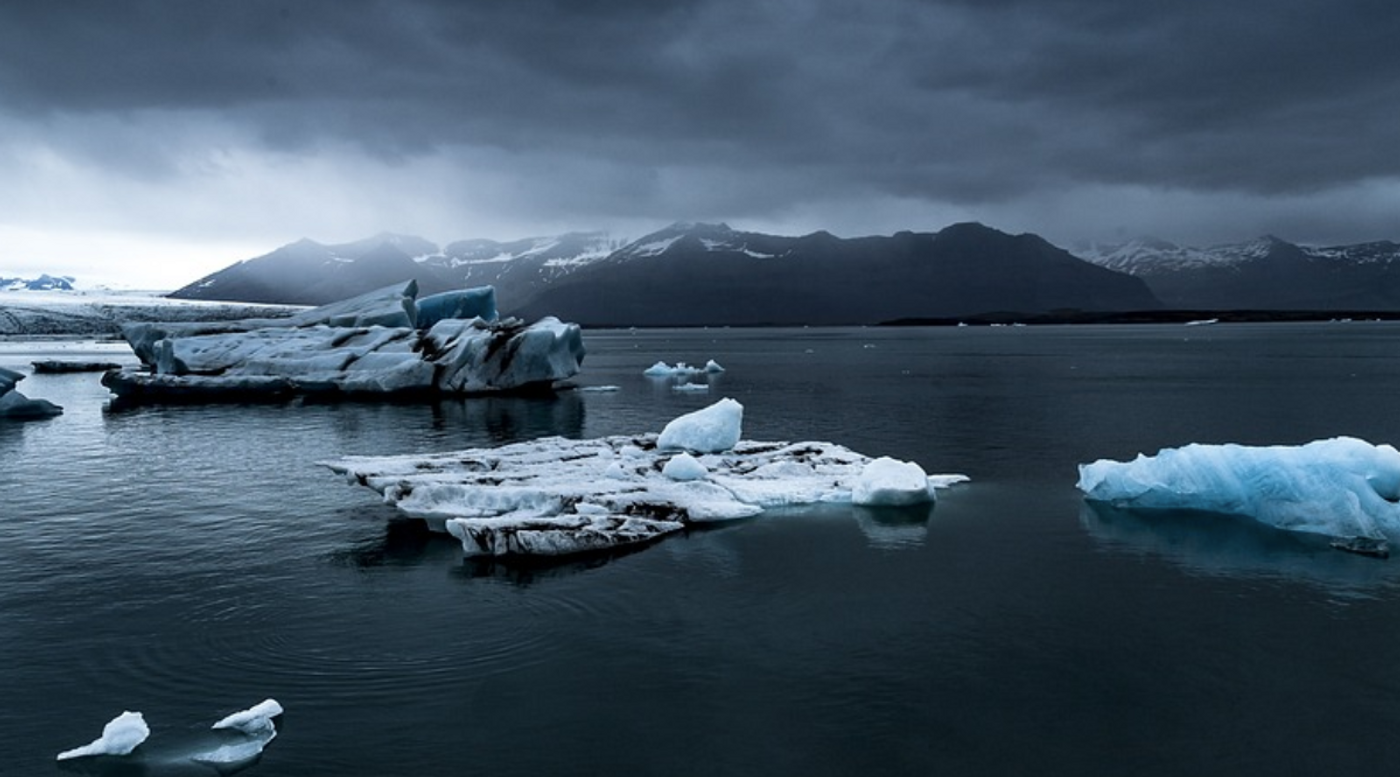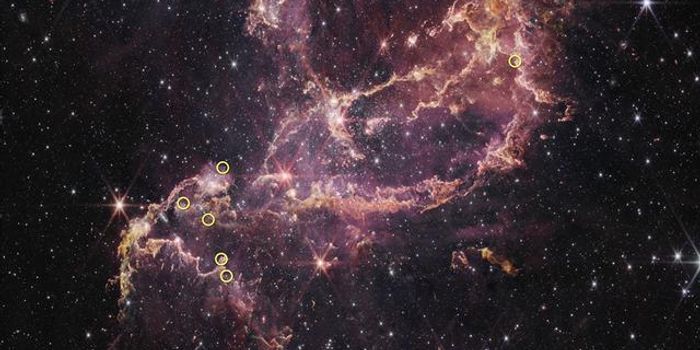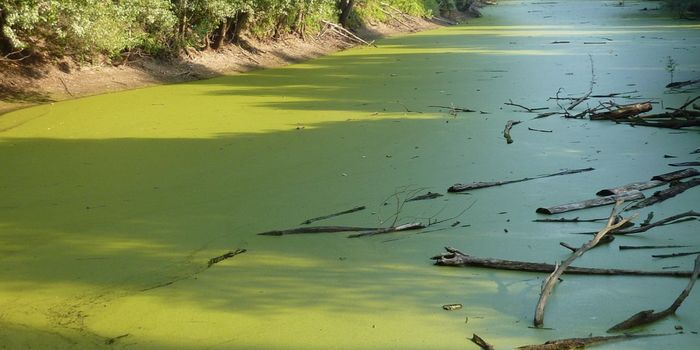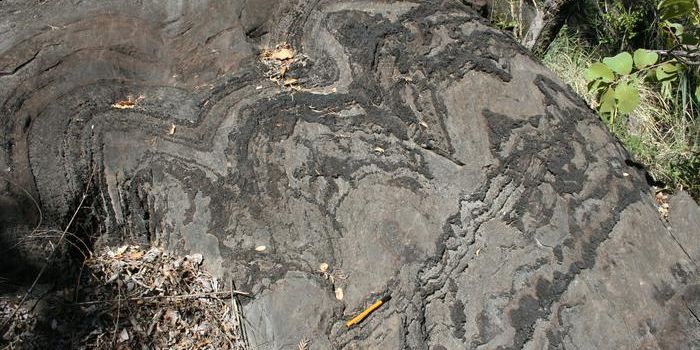A Melting Glacier Destroys a Climate Archive
Ice core samples are a powerful tool that helps scientists understand the history of the planet's climate. In the world's polar regions, falling snow gets permanently embedded into the landscape year after year, and compacts into ice. That ice also contains air bubbles, some of which are very deep and old, which hold information about the climate and atmosphere from the time they became trapped. Scientists have been working to collect ice cores that can serve as a kind of archive of the planet's climactic past.
Unfortunately, the site of one of those ice core samples has become too unstable to be useful, according to a new analysis. Reporting in Nature Geoscience, investigators compared ice cores that were taken from the Corbassière glacier at Grand Combin in the French Alps in 2018 and 2020. This comparison showed that the glacier is melting much faster than previously assumed, and reliable data can no longer be obtained from ice cores there.
In this study, the researchers assessed the particulates in the core samples they had taken, which can contain ammonium, nitrate, and sulfate. These chemicals fluctuate seasonally in the atmosphere, in part because less pollution is deposited on the glacier during winter; colder air does not transport as much pollution from the nearby valley to the glacier. The 2018 sample showed these seasonal variations. But the sample taken in 2020 is disrupted.
The 2020 sample only shows signs of seasonal variation in its uppermost layers. As the ice from the sample gets older, and deeper, the variations start to disappear, and the levels of trace chemicals are unusually low. The researchers determined that melting in the glacier was so powerful between 2018 and 2020 that large amounts of water were moving from the surface of the glacier and into its depths, carrying the trace particles with it. That water did not refreeze either; it simply drained away, along with the chemicals. Thus, the ice core from 2020 can no longer reflect atmospheric data from the past.
When the researchers looked at the weather data from around Grand Combin glacier, they found that temperatures from 2018 to 2020 were trending warmer along with the rest of the world, but the area was not exceptionally warm during that period.
"From this we conclude that there was no singular trigger for this strong melting, but that it resulted from many warm years in the recent past," said study leader Margit Schwikowski, head of the Laboratory for Environmental Chemistry at the Paul Scherrer Institute (PSI). "It seems a threshold has been crossed, which now has led to a comparatively strong effect."
This work has shown that glaciers are melting in more dynamic ways than expected. "For a long time it has been clear that the glacier tongues are retreating. But we would not have thought that the areas feeding high alpine glaciers would also be so severely affected; that is, their highest part, where the ice replenishment is formed," added Schwikowski.
The ice cores from Grand Combin were meant to be part of the Ice Memory project, which will take two decades to collect ice cores from 20 glaciers that are under serious threat. These cores will be stored in Antarctica, where they will hopefully remain stable enough to be useful for many years. Unfortunately, no data from Grand Combin will be in the Ice Memory now.
During test drilling at the site in 2020, very soft, watery laters that were 17 to 18 meters deep created huge problems for the research team. "Especially when we were drilling deeper and then pulling it out, the drill got caught in the hard layer of ice. We nearly lost this expensive device," said Schwikowski. There will not be any further attempts to retrieve ice cores from Grand Combin.
"At the Grand Combin, we're already too late," Schwikowski concluded. Scientists are now concerned that they will encounter similar problems at some of the other Ice Memory sites around the world. However, good ice core samples have already been obtained from Illimani mountain in Bolivia, and the Belukha and Elbrus mountains in Russia.
Sources: Paul Scherrer Institute, Nature Geoscience









